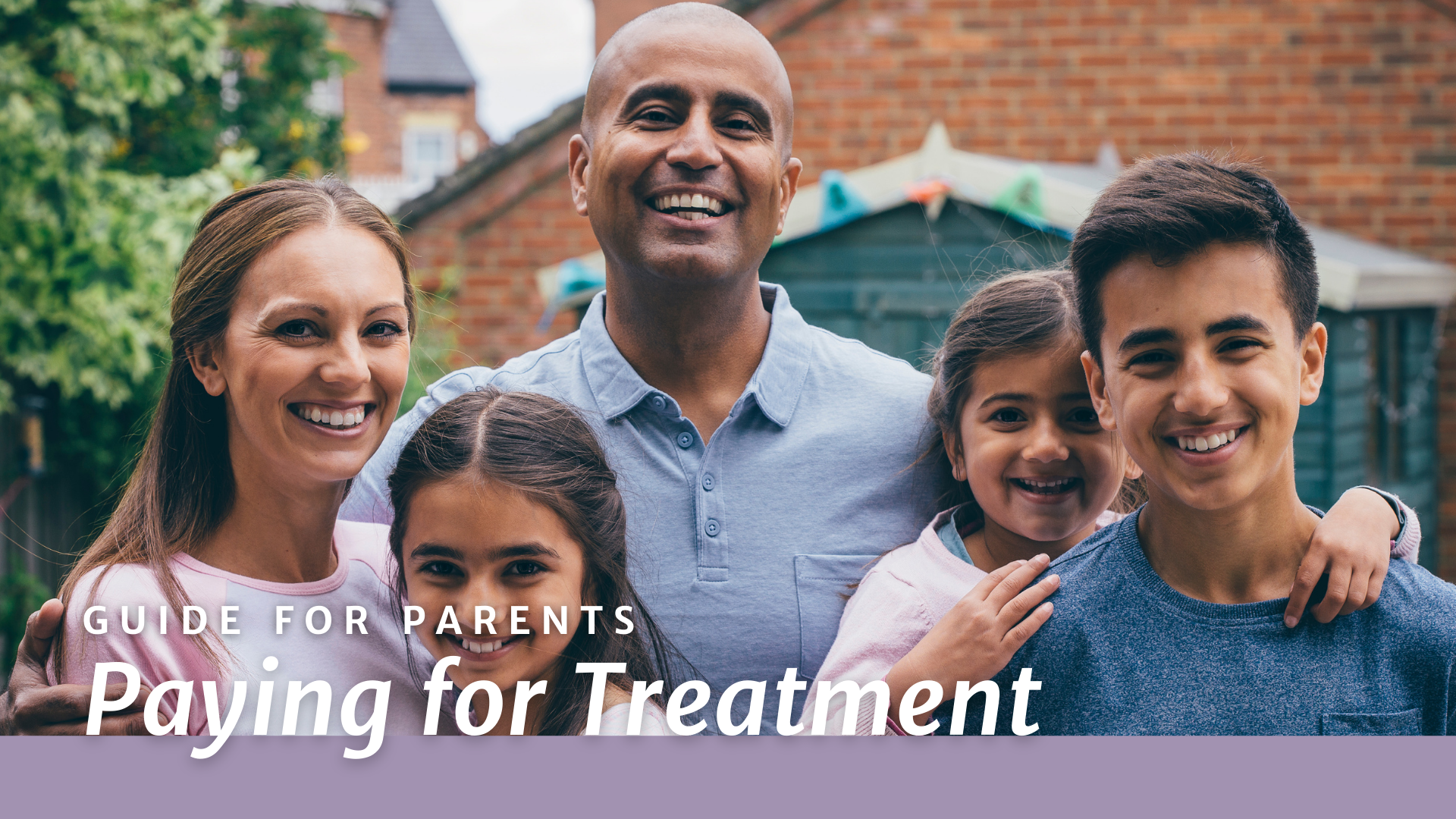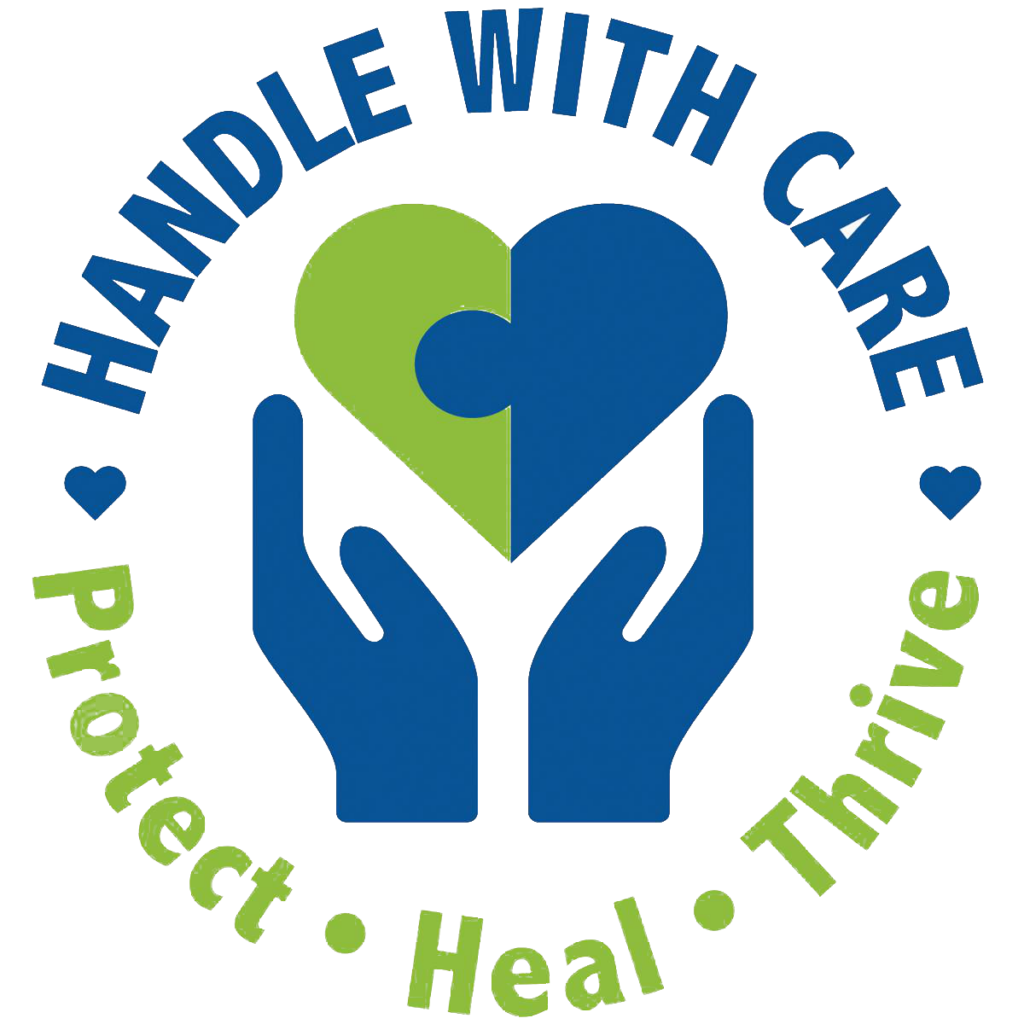
Paying for Treatment
Covering the Costs of Addiction Treatment, Whether Insured or Not
When your top priority is helping a sick loved one get well, it’s overwhelming to add financial hurdles to the mix. We know that making treatment more accessible and affordable requires advocacy and work at the policy level. So what can you do when your child needs treatment now?
Paying for treatment — whether it’s covered by insurance or not — can loom large in making treatment decisions. But to the greatest extent possible, your child’s treatment plan should be based on their individual needs. Effective treatment is provided in different settings (inpatient or outpatient) and at different levels of care, and may incorporate medication. Understanding the types of treatment available will be important as you navigate this portion of the journey.
If your child is covered by insurance
The following are key questions to have answered about your insurance coverage. Along the way, keep good notes and records! Save any notices you receive from your insurance plan and from the treatment provider, including letters authorizing care, denial letters, Explanation of Benefits (EOB) and any bills you receive from providers. Record the date of any phone calls, the name of the person you spoke to (ask for a last name) and a summary of what was discussed.
Will your insurance cover treatment for substance use or addiction?
In many cases, insurance providers are required to cover treatment for substance use disorder (SUD) or addiction. It is the law. But this doesn’t mean it’s simple.
What types of treatment are covered?
While your insurance plan likely provides coverage for some types of treatment, it may not provide coverage at all levels of care. For example, your plan may say it covers 30 days of residential treatment, but they could decline the use of this benefit if they believe a less intensive option is sufficient.
In the case where your child’s treatment plan doesn’t align with what is covered, talk to your child’s provider about the level of care covered that is most appropriate. Note that a lower level of care may not address all needs, but a higher level of care than needed could mean unnecessary care at a higher cost.
What is required to access covered treatment?
Ask your insurance provider whether any types of treatment services will require prior authorization. For example, your child’s treatment provider may need to obtain approval before prescribing a specific medication or providing a specific treatment.
If your plan does require prior authorization, they may review for medical necessity. Speak with your health care provider and ask them to request a conversation with the insurance company’s internal reviewer(s) to go over the treatment options and level of medical necessity.
What if coverage is denied?
In case of a denial, be prepared to file a complaint with your state’s insurance commissioner, appeal the decision, and work with your health care provider on proving medical necessity.
If your insurance company determines that a treatment is “not medically necessary,” they are required to share the standards used to make that decision. You will likely need to make a formal request for this information. You can coordinate with your child’s doctor to work with the insurance carrier and to demonstrate medical necessity accordingly.
Your plan should offer both an internal and external process to appeal any denials. When filing your appeal, make sure to specifically note that the plan may be violating federal parity laws which require most insurers to cover substance use disorder and addiction the same as any other disease. Along with an appeal, you can also file a complaint with your state’s insurance commission.
What costs will you be responsible for?
Make sure you understand the costs you will be responsible for even when services are covered.
Does your plan have a deductible? This is a fixed amount you may have to pay out-of-pocket before insurance begins to pay for services.
What is your copay? Copayments are a set amount you must pay when receiving a service, for example, $25 per doctor’s visit.
Does your plan impose coinsurance? Coinsurance requires a patient to pay a certain percentage of the total cost of a service. For example, a 30% coinsurance means that if a bill is $1,000, then the health plan will pay $700 and the patient must pay $300.
Is your provider in- or out-of-network? Some plans will not cover any services from any out-of-network providers or you may be responsible for a larger portion of costs even if you have out-of-network benefits.
If your child is uninsured
For most people, “treatment” means a residential rehab facility. In reality, treatment can take place in different forms, settings and for different lengths of time. Finding treatment begins with understanding these options and identifying what’s best for your child’s needs with the help of their doctor. From there, you can begin to explore more low- or no-cost solutions.
State & Federal programs
Most state governments, and even many cities and counties, offer inpatient and outpatient treatment that is free of charge. These programs range from short-term detox centers (note that detox is not a substitute for treatment) to long-term inpatient treatment centers to individual outpatient counseling.
The Substance Abuse & Mental Health Services Administration (SAMHSA) maintains a Directory of State Agencies (PDF) that makes it easier for you to determine who to contact.
Under the Affordable Care Act, substance use disorder and addiction treatment are classified as essential benefits. This has implications for many types of plans, however; families are actually 2-3 times more likely to get coverage under Medicaid than with private insurance.
Payment assistance
Some providers offer payment assistance or treatment on a sliding scale. SAMHSA maintains an online treatment locator tool with many sorting options. In addition to searching by your zip code and the type of treatment needed, you can further narrow your search by filtering for providers who offer payment assistance. Rehab scholarships are another form of assistance. Much like educational scholarships, these are provided by third-party organizations to cover the costs of one’s treatment.
Beware of predatory practices
Unfortunately, many treatment centers put profit before patient care. Be careful when searching the Internet to find treatment, especially using keywords like “free,” as there are unethical organizations out there who will promise you nearly anything to make money off of you and your child. Read up on advice given to parents about how to steer clear of these predatory practices.

